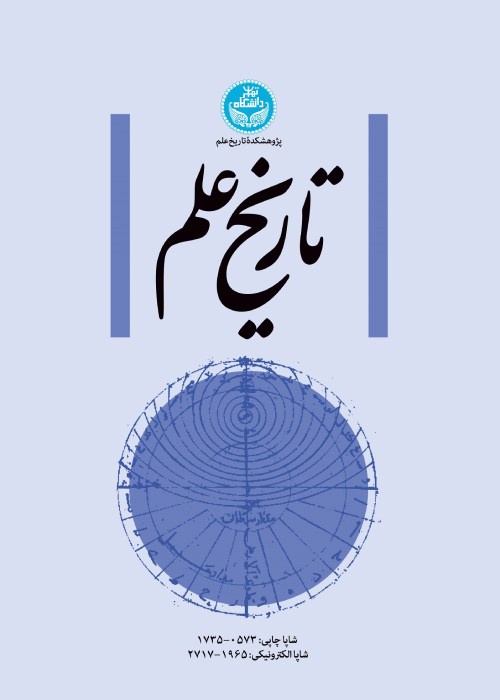Kharādj, Destruction, Prosperity On the legal System of Architecture in Iran, its Technical Requirements, and Cultural Reflections
Author(s):
Article Type:
Research/Original Article (دارای رتبه معتبر)
Abstract:
The administrational body of Iranian governments affected the Architecture in various ways. We do not know much about the details of this relationship. But one of the channels of this relationship was the concept of Kharādj, the land tax, and its regulations. Kharadj was depended on the income of the property and the income of the property depended on the balance between prosperity and destruction. Basically they did not collect Kharadj from the ruins at all. The implementation of this simple law had technical and preliminary requirements. They should have had statistics on the country's properties in which the prosperous and ruinous part of each settlement was dealt with separately. But in Iran, the situation of properties was changing over time and the factors of destruction were constantly in place. The settlements were destroyed and the ruins were settled over and over again. Consecutive surveys and a broad surveying office were necessary with many learned surveyors. Some people showed their property in ruins to escape the tax. Hence, the recognition of prosperous and ruinous was one of the key issues of the Divān-e Kharādj. The government should train experts to identify and measure the ruins and update the accounts. In addition, the government exempted newly farmed lands in order to encourage the people to farm the barren lands. These exemptions had precise rules and special implications. Rewriting the tax books and considering barrens and ruined in the accounts were among the most important reforms of the governments. The accounts of these reforms are found in Iranian history and even in Iranian myths. But In times of hardship, Kharādj itself could be the cause of destruction, and the demand for taxes from barren lands drove people out of settlements. The relationship between kharādj and destruction and the direct impact it had on people's everyday life has caused this duality to find a lasting place in Iranian culture and mind. This duality found its way into the works of the speakers of Iranian culture; as they say "Kharādj on the ruins" like a proverb and used it to convey lyrical and mystical concepts. In this article, relying on the Persian texts from tenth to fourteenth centuries, we will explore different aspects of the relationship between Kharādj and ruins and its technical requirements. The insights obtained from these texts will be used in understanding the legal system of architecture in medieval Islamic Iran; an area that has been more or less neglected so far
Keywords:
Language:
Persian
Published:
History of Science, Volume:18 Issue: 2, 2021
Pages:
329 to 350
magiran.com/p2276765
دانلود و مطالعه متن این مقاله با یکی از روشهای زیر امکان پذیر است:
اشتراک شخصی
با عضویت و پرداخت آنلاین حق اشتراک یکساله به مبلغ 1,390,000ريال میتوانید 70 عنوان مطلب دانلود کنید!
اشتراک سازمانی
به کتابخانه دانشگاه یا محل کار خود پیشنهاد کنید تا اشتراک سازمانی این پایگاه را برای دسترسی نامحدود همه کاربران به متن مطالب تهیه نمایند!
توجه!
- حق عضویت دریافتی صرف حمایت از نشریات عضو و نگهداری، تکمیل و توسعه مگیران میشود.
- پرداخت حق اشتراک و دانلود مقالات اجازه بازنشر آن در سایر رسانههای چاپی و دیجیتال را به کاربر نمیدهد.
In order to view content subscription is required
Personal subscription
Subscribe magiran.com for 70 € euros via PayPal and download 70 articles during a year.
Organization subscription
Please contact us to subscribe your university or library for unlimited access!


